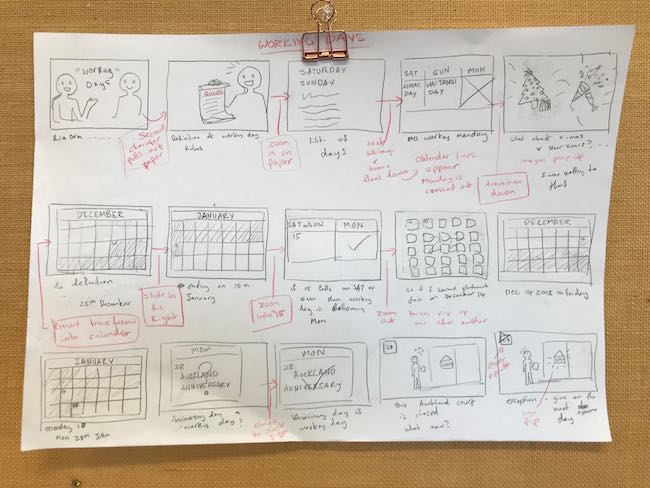Monday 4 February 2019 9:14am
“Unexpected” is how design student Catherine Chin describes the opportunity to animate legal information for the University of Otago Legal issues Centre (UOLIC).
 “I did not associate the law with design, but I have enjoyed learning about legal issues and how the legal system works.”
“I did not associate the law with design, but I have enjoyed learning about legal issues and how the legal system works.”
Making legal information understandable and even enjoyable is the goal behind the UOLIC’s series of animated videos explaining legal basics such as how to get legal help, how to get civil legal aid, and the meaning of common legal terms. Catherine is creating more of these videos as a UOLIC student scholar and as part of her postgraduate design programme at the Otago Polytechnic. There she explores ways to combine animation and information into informative and educational media.
“The trend is to use videos and animation to teach the public, including about serious subjects, for example mental health issues,” says Catherine, whose study sees her analysing how and why such initiatives are successful.
Currently she is developing a short animation on the meaning of ‘working days.’ It seems a simple term until you think about public holidays, regional holidays, different office hours, and the serious consequences of missing a court deadline.
To animate these issues, Catherine first develops scripts and storyboards. Then she works out the right pacing and timing and tests different ways to animate the information.

“I need to figure out the balance between entertainment and information, and through this process learn how to effectively teach the public. I need to think, in what form can we bring the law to life and make it interesting, fun and helpful?”
A keen animator, Catherine is excited and, admittedly, a little nervous, about developing videos that people will look at when trying to work through their own legal issues.
The videos are meeting a real need, says UOLIC Professional Practice Fellow Allie Cunninghame. “Our research shows people find it difficult to access information about how to bring or respond to a civil dispute. We hope that the animations will demystify the court process, and help the public understand some of the steps in civil court disputes, and some of the terminology and rules used by the courts.”
